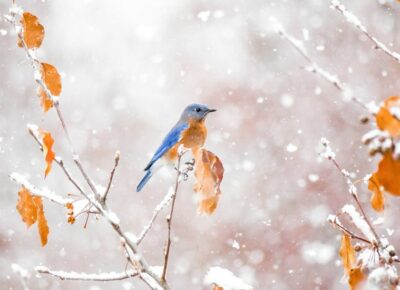When it’s cold outside…Winter Tips
What to Wear
- Dress infants and children warmly for outdoor activities. Several thin layers will keep them dry and warm. Clothing for children should consist of thermal long johns, turtlenecks, one or two shirts, pants, sweater, coat, warm socks, boots, gloves or mittens, and a hat.
- The rule of thumb for older babies and young children is to dress them in one more layer of clothing than an adult would wear in the same conditions.
- Blankets, quilts, pillows, sheepskins and other loose bedding may contribute to Sudden Infant Death Syndrome (SIDS) and should be kept out of an infant’s sleeping environment. Sleep clothing like one-piece sleepers is preferred.
- If a blanket must be used to keep a sleeping infant warm, it should be tucked in around the crib mattress, reaching only as far as your baby’s chest, so the infant’s face is less likely to become covered by bedding.
Winter Health
- If your child suffers from winter nosebleeds, try using a cold air humidifier in the child’s room at night. Saline nose drops may help keep tissues moist. If bleeding is severe or recurrent, consult your pediatrician.
- Many pediatricians feel that bathing two or three times a week is enough for an infant’s first year. More frequent baths may dry out the skin, especially during the winter.
- Cold weather does not cause colds or flu. But the viruses that cause colds and flu tend to be more common in the winter, when children are in school and are in closer contact with each other. Frequent hand washing and teaching your child to sneeze or cough into the bend of her elbow may help reduce the spread of colds and flu.
- Children between 6 months and 18 years of age should get the influenza vaccine to reduce their risk of catching the flu.
